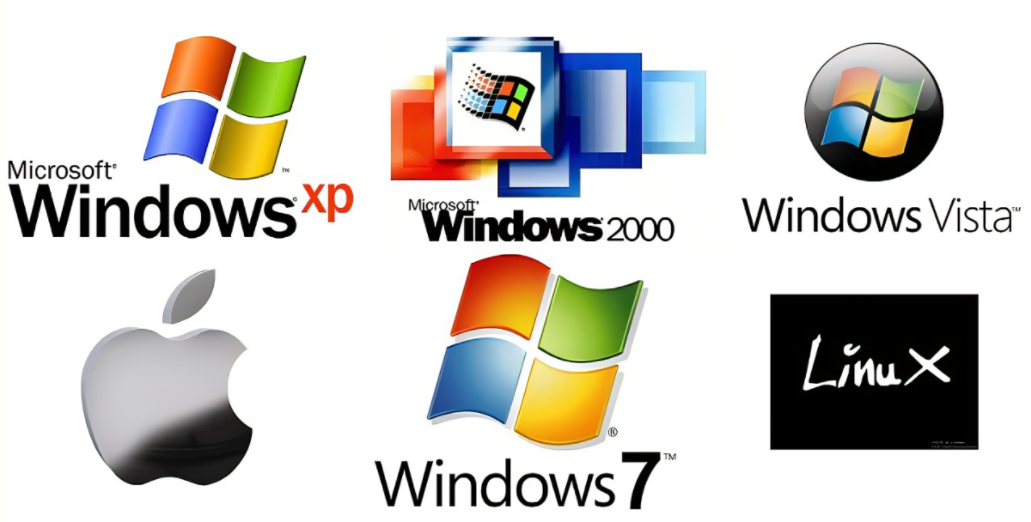Published by: BhumiRaj Timalsina
Published date: 13 Jan 2022

Computer system is a collection of different hardware components. So we need software that could perform the basic tasks such as recognizing input from the input devices, sending output to the output devices, keeping tracks of files and directories on the disk and control computer peripheral devices like mouse, printer, scanners etc. An OS is a collection of system program that together controls the operations of computer system. it activates and recognizes the hardware devices and provides the operating environment for other application software. It acts like the intermediary between a user and the computer hardware. It as major two objectives, first is to activate the hardware devices and other is to provide an interactive interface to the user and interpret commands so that it can communicate with the hardware. Example UNIX, MS-DOS, MS-Windows, Linux etc.

There are many types of Operating systems. We can categorize it according to the user involve to operate it like single user and multi-user operating system. According to the processing we have single processing, multiprocessing operating system, real time system, batch processing system etc. But in broad approach, we can classify the operating system on the basis user interface like command or character user interface operating system and graphical user interface operating system.
1. Command or Character based User Interface (CUI):
CUI is a traditional user interface. It provides the interactive terminal where user could enter the command to interpret. It was the only one common place to communicate between a program and its user. Now a day also, we are using this command based interface.
2. Graphical User Interface (GUI):
With advancement of technology computer system has become quicker and cheaper.Operating environment has also changed. This lead the development of graphical user interface where users can interact with the computer using picture and graphs, rather than character and commands. It displays the icon, buttons, dialog box etc. Popular GUI is Microsoft Windows.
| S.N. | Graphical User Interface | Command User Interface |
| 1. | It is based on graphical user interface mode and instructions are given using graphical components like men bar, toolbar etc. | It is based on command user interface mode and instructions are given using characters. |
| 2. | It is graphical and user friendly and easy to learn and operate. | It is more textual and less user friendly and difficult to operate and learn. User should memorize the commands to operate the system. |
| 3. | It is very command and we can preview the contents before print. | It is less common and is impossible to preview the contents like GUI. |
| 4. | It uses keyboard, mouse and other advance devices. | It uses only keyboard and not compatible with other devices. |
| 5. | It consists of different components such as text box, icon, desktop, pointing devices etc. | It does not consist of different components. |
| 6. | It supports multi-user and multi processing system and executes multiple programs simultaneously. | It does not support multi-programming and multi user concept. |
| 7. | E.g. Windows OS | E.g. MS-DOS OS |
Following are some of the major functions of Operating System.